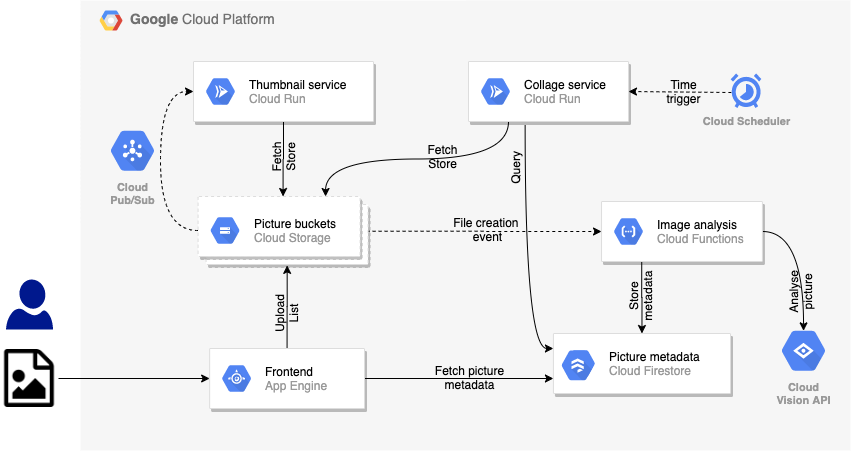BOOK THIS SPACE FOR AD
ARTICLE ADIn today’s digital age, web applications have become an integral part of our daily lives. Whether we are shopping, banking, or accessing social media, web applications have made our lives easier and more convenient. However, with the convenience of web applications comes the risk of security vulnerabilities, one of which is Cross-Site Scripting (XSS) vulnerability.
Cross-Site Scripting (XSS) vulnerability is a type of security vulnerability that allows attackers to inject malicious scripts into web pages viewed by other users. This vulnerability occurs when a web application does not validate or sanitize user input before displaying it on a web page.
In other words, XSS vulnerability allows attackers to inject malicious code into a website that is viewed by other users. This code can be used to steal sensitive information like usernames, passwords, and credit card numbers or to perform actions on behalf of the user, such as sending spam or phishing emails.
There are three types of Cross-Site Scripting (XSS) vulnerability:
Stored XSS, also known as Persistent XSS, is the most dangerous type of XSS vulnerability. In Stored XSS, the attacker injects a malicious script into a web application that is stored on the server and executed every time a user accesses the affected page.
The impact of Stored XSS can be severe as it can affect all the users who access the affected page, and the malicious code can remain on the server for an extended period.
Reflected XSS, also known as Non-Persistent XSS, occurs when the user input is reflected back to the user without being stored on the server. In Reflected XSS, the attacker sends a specially crafted link to the victim, which contains the malicious script.
When the victim clicks on the link, the script is executed, and the attacker can steal sensitive information or perform actions on behalf of the user.
DOM-based XSS, also known as Client-Side XSS, is a type of XSS vulnerability that occurs when the malicious script is executed on the victim’s browser rather than the web server.
In DOM-based XSS, the attacker injects a malicious script into the web application, which is then executed by manipulating the Document Object Model (DOM) of the affected page.
Cross-Site Scripting (XSS) vulnerability can have severe consequences for both users and web applications. Some of the potential impacts are:
Theft of sensitive information like usernames, passwords, and credit card numbers.Installation of malware or viruses on the user’s computer.Hijacking of user sessions to perform unauthorized actions.Defacement of the website by displaying inappropriate content.Preventing Cross-Site Scripting (XSS) vulnerability requires a combination of measures, including:
Input validation and sanitization are essential for preventing XSS vulnerability. Web applications should validate all user input and sanitize it to remove any potentially dangerous characters or scripts.
Output encoding is another crucial measure for preventing XSS vulnerability. Web applications should encode all user input before displaying it on a web page.
Content Security Policy (CSP) is a security feature that helps prevent XSS vulnerability. CSP allows web developers to specify which sources of content are allowed to be loaded on a web page.
Regular security audits can help identify and fix XSS vulnerabilities. Web applications should undergo regular security audits to ensure that they are secure and free from vulnerabilities.
Cross-Site Scripting (XSS) vulnerability is a severe security threat that can have severe consequences for web applications and users. Preventing XSS vulnerability requires a combination of measures, including input validation and sanitization, output encoding, Content Security Policy (CSP), and regular security audits.
Web developers and users must be aware of XSS vulnerability and take the necessary steps to prevent it. By following these measures, we can ensure that web applications are secure and safe for users to use.
.png)
 1 year ago
61
1 year ago
61 














 Bengali (Bangladesh) ·
Bengali (Bangladesh) ·  English (United States) ·
English (United States) ·